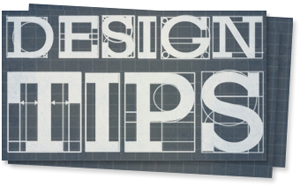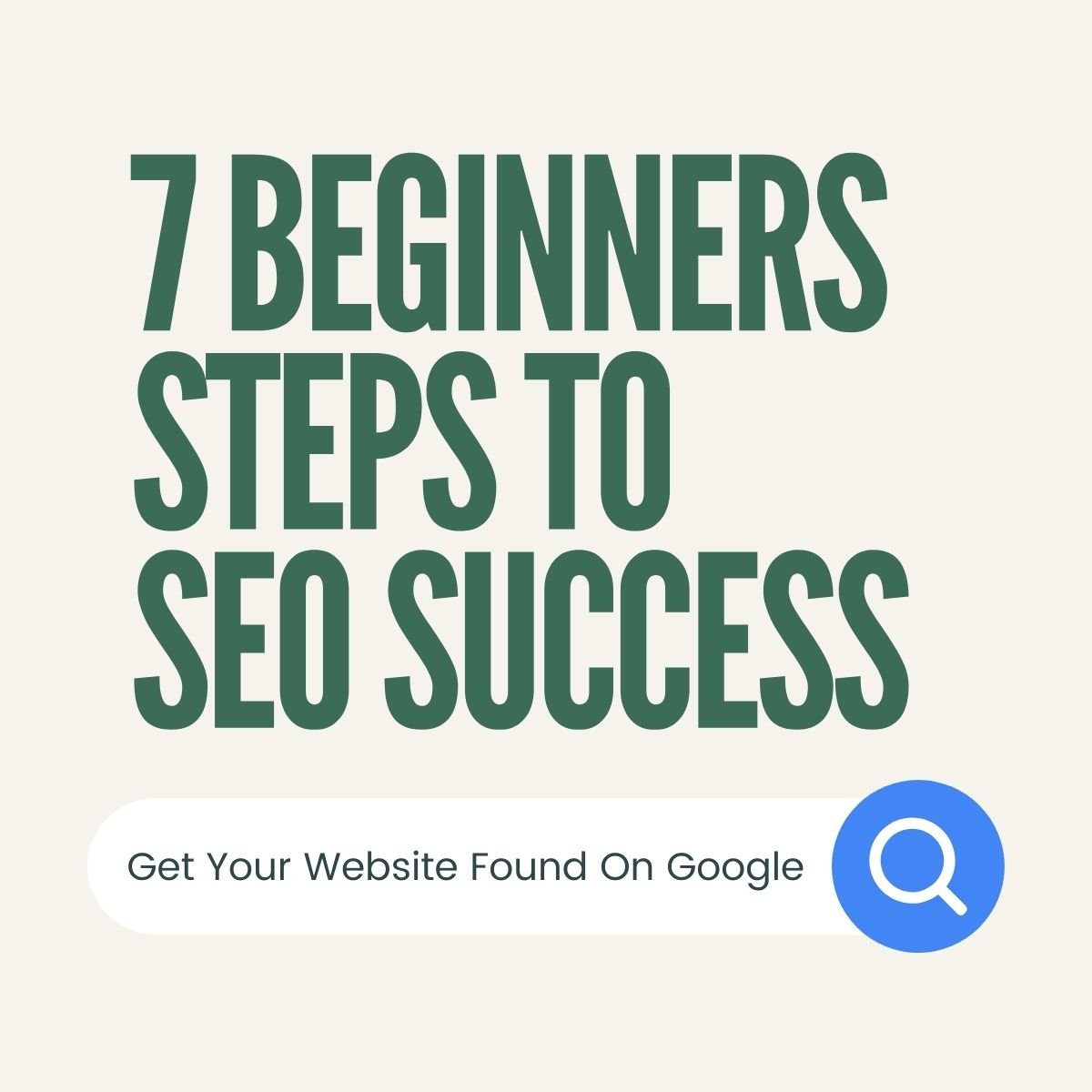Help Centre
Support > Website Performance > Website Optimisation
Optimising Your Images for the Web
 Great, beautiful and high-quality images are vital for any website. So what is image optimisation?
Great, beautiful and high-quality images are vital for any website. So what is image optimisation?
Image optimisation is very important for ensuring that your website loads as quickly as possible. The larger the size and the higher the quality of the image, the longer it will take to load on your website. Nowadays, people have much faster broadband connections, thus we can use higher quality images on our sites, creating visual spectacles! Yet, there are limits!
Optimising an image is not the same thing as shrinking or enlarging an image using our page editor. In fact, this can have a negative effect on the appearance of an image. Create allows images to be a modest 2000 x 2000 pixels and 600KB. In order to ensure page speeds are consistently good across all devices, we utilise responsive images which means only the size of image required is loaded.
You should resize an image to the height and width that you intend to display it at - using a 2000 pixel wide image for an area only 400 pixels wide on your page is unnecessary and means more information is uploaded than necessary.
When uploading images, these will be automatically optimised by our system to meet the maximum dimensions. However, for best results, you should always use Image Editing software such as Adobe Photoshop to adjust the image dimensions before uploading.
There are also some online alternatives such as Pixlr. Pixlr is a more advanced image manipulation software. Simulating high-end products such as Photoshop, you can add text, colour and optimise all in one go. Great for logo and banner creation.
Images should be kept at their actual size to maintain the best possible quality. The "actual size" is the size that you have optimised the image to. It's best to optimise an image from the original.
You should only ever shrink images, never enlarge. You cannot make an image larger than its actual size because this is asking the image for more detail than is actually there! Like a piece of string – if it's too long you can cut it again to make it shorter. Cut off too much and you're stuck with it!
Always keep the original, large versions of your images so that you can go back to them if you need them again. Save your optimised images under a different name or in another folder. Thus, your images are organised into web size images and print size images.
Good Luck, we look forward to seeing your speedy yet image-rich websites!
Related Articles
More Questions?
If you have any further questions, please get in touch and we will be happy to help.
Get in Touch


